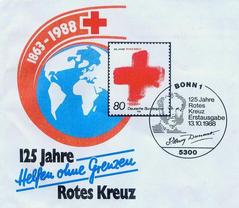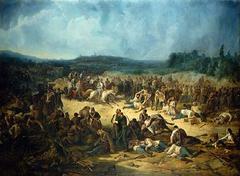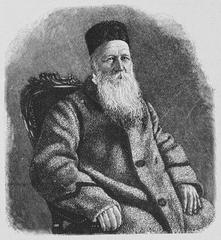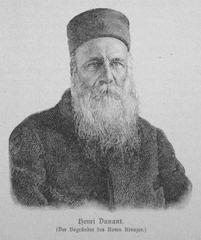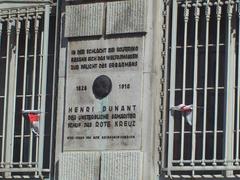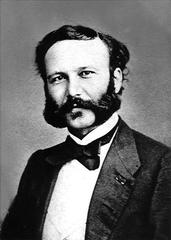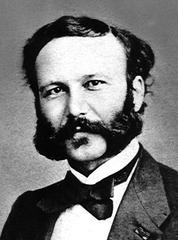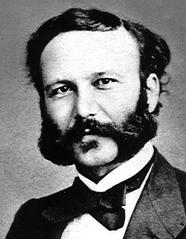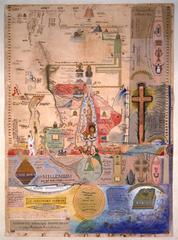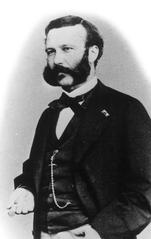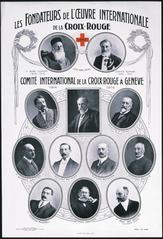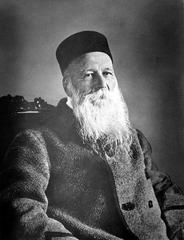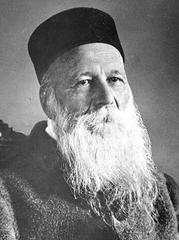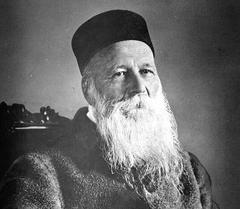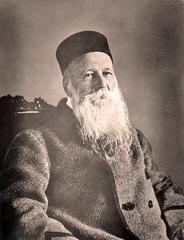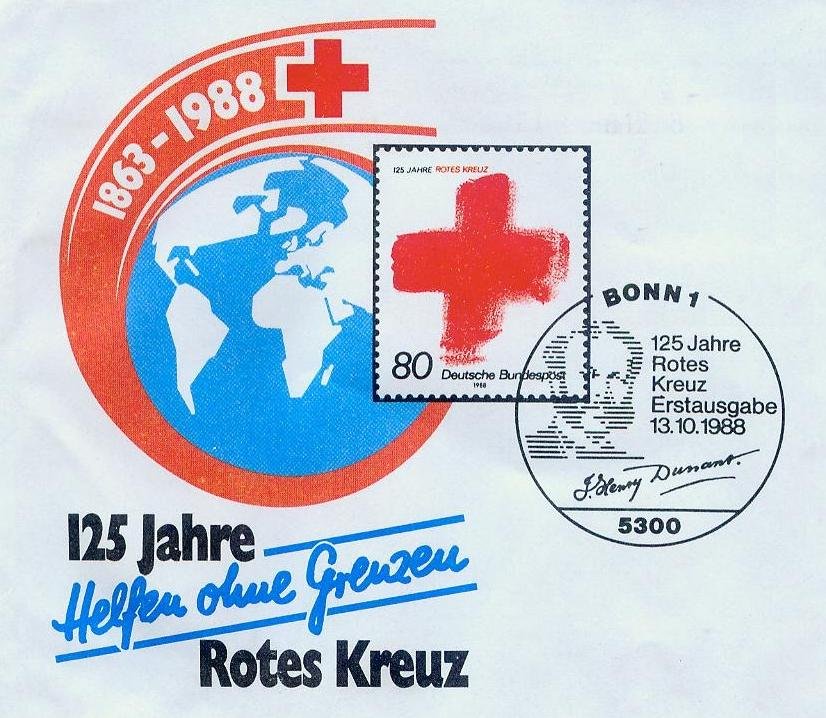
Henry Dunant Buenos Aires Visiting Hours, Tickets, and Tourist Guide
Date: 2025-06-14
Introduction: Honoring Henry Dunant in Buenos Aires
In Buenos Aires, Argentina, the legacy of Henry Dunant—the founder of the International Committee of the Red Cross (ICRC) and the first Nobel Peace Prize laureate—is celebrated through several city landmarks. Notably, Plaza Henry Dunant and Avenida Henry Dunant serve as living tributes to his humanitarian contributions. These sites not only memorialize Dunant’s vision, inspired by the 1859 Battle of Solferino, but also reflect Buenos Aires’ embrace of global values and its reputation as the “Paris of South America” (International Committee of the Red Cross; Tripomatic).
This detailed guide provides historical context, practical visitor information—including hours, accessibility, and transport—plus tips for making the most of your visit. We also highlight nearby attractions and offer cultural insights for a richer travel experience (Wikipedia).
Table of Contents
- Introduction
- Henry Dunant: Historical Background
- Plaza Henry Dunant: Visitor Guide
- Avenida Henry Dunant: History & Exploration
- Buenos Aires: General Visitor Tips
- FAQs
- Conclusion & Further Resources
Henry Dunant: Historical Background
Early Life & Influences
Henry Dunant (1828–1910) was born in Geneva, Switzerland, into a Calvinist family deeply committed to social responsibility. His early involvement with charitable organizations—such as the Geneva Society for Alms and the YMCA—shaped his humanitarian outlook (Tripomatic).
The Battle of Solferino & Humanitarian Vision
Dunant’s pivotal experience came in 1859, witnessing the carnage after the Battle of Solferino in Italy. He mobilized locals to care for thousands of wounded soldiers, regardless of their side, encapsulating the philosophy “Tutti fratelli” (“We are all brothers”). His account, A Memory of Solferino (1862), called for organized relief societies and international agreements to protect victims of war (arcsolferino.weebly.com).
Red Cross Founding & Legacy
Dunant’s advocacy led to the formation of the ICRC in 1863 and the adoption of the first Geneva Convention in 1864, laying the foundation for modern humanitarian law. In 1901, he was awarded the inaugural Nobel Peace Prize for his contributions (International Committee of the Red Cross).
Plaza Henry Dunant: Visitor Guide
Location & Features
- Address: 5046 Calle Primera Junta, Agronomía, Buenos Aires (Tripomatic)
- Amenities: Shaded benches, children’s playground, green spaces—ideal for relaxation, family outings, and community gatherings (Plazas de Buenos Aires).
Visiting Hours & Accessibility
- Hours: Daily, 6:00 AM–10:00 PM
- Entry: Free and open to the public
- Accessibility: Paths and facilities are suitable for visitors of all ages and mobility levels. Multiple public transport options (bus and train) serve the area.
Best Times, Events, and Photography
- Best Times: Early mornings or late afternoons for pleasant weather and fewer crowds; spring and autumn for mild temperatures and lush scenery.
- Events: While no regular tours focus solely on the plaza, some city walking tours include Agronomía. Community events are occasionally held—check local listings.
- Photography: Morning light offers vibrant natural colors. The combination of greenery and playgrounds makes for compelling family and travel photos.
Educational & Cultural Significance
Plaza Henry Dunant is both a tranquil urban retreat and a space for reflecting on humanitarian values. It’s used by local schools and groups for educational activities about international aid and the principles Dunant championed.
Nearby Attractions
- Explore additional Agronomía parks and academic institutions
- Combine your visit with other city landmarks for a full day of sightseeing
Avenida Henry Dunant: History & Exploration
Significance
Avenida Henry Dunant runs through the Núñez and Villa Urquiza districts of northern Buenos Aires. It honors Dunant’s global humanitarian impact and Argentina’s own commitment to the Red Cross movement, which has been active locally since 1880 (Argentine Red Cross Official Site; International Committee of the Red Cross).
Practical Information
- Location: Northern Buenos Aires, intersecting Avenida Congreso and Avenida Ricardo Balbín
- Access: Served by several bus lines and close to the Mitre commuter rail line. SUBE cards are needed for public transport (Buenos Aires Tourism Official Site).
- Hours: As a public street, Avenida Henry Dunant is accessible 24/7, free of charge.
- Accessibility: Sidewalks and crossings are generally accessible for people with disabilities.
Nearby Points of Interest
- Parque Saavedra: Ideal for relaxing outdoors
- Barrio Chino (Chinatown): Offers Asian markets and restaurants
- Local Cafés: Try Argentine pastries and coffee
- Argentine Red Cross Facilities: Learn about ongoing humanitarian efforts
Tips for Visiting
- Use public transportation with a SUBE card
- The avenue features tree-lined vistas and is suitable for urban photography
- Visit nearby neighborhoods for a full cultural experience
Buenos Aires: General Visitor Tips
When to Visit
- Spring (Oct–Nov) and Autumn (Mar–Apr): Mild temperatures and jacaranda blooms
- Summer (Dec–Feb): Hot and humid
- Winter (Jun–Aug): Cool but rarely cold (Secrets of Buenos Aires)
Transportation
- Airports: Ezeiza (EZE) and Aeroparque (AEP)
- Getting Around: Subte (subway), buses (colectivos), and taxis. Use the SUBE card for public transport (Go Ask a Local)
- Safety: Standard urban precautions apply (Map And Camera)
Local Customs & Etiquette
- Greet with a cheek kiss
- Tipping: 10% in restaurants (Expat Info Desk)
- Expect late dining hours and lively nightlife
Money Matters
- Multiple exchange rates exist; use reputable exchange services or Western Union for better rates (Secrets of Buenos Aires)
- Many places prefer cash
Top Attractions, Hours, and Ticket Information
- Plaza de Mayo & Casa Rosada: Free tours Sat–Sun, 10 AM–6 PM (Casa Rosada Official)
- Recoleta Cemetery: Daily, 8 AM–6 PM, small fee
- La Boca & Caminito: Open daily, best visited in daylight (Tripzaza)
- San Telmo Market: Sundays, 10 AM–5 PM
- Teatro Colón: Tours Tue–Sun, 9:30 AM–5 PM, ARS 750 (Teatro Colón Official)
- Museums: Some free, others charge a small entry fee
- Tango Shows: Evenings, ticket prices vary (Matador Network)
Frequently Asked Questions (FAQs)
Q: What are the visiting hours for Plaza Henry Dunant?
A: Daily, 6:00 AM–10:00 PM. No entrance fee.
Q: How do I get to Avenida Henry Dunant?
A: Take bus lines or the Mitre rail line; use a SUBE card.
Q: Are guided tours available for these sites?
A: No exclusive tours, but some city walking tours include these locations.
Q: Is it safe to visit these areas?
A: Yes, with standard precautions. Visit plazas during daytime.
Q: Are these locations accessible to people with disabilities?
A: Yes, generally accessible.
Conclusion
Visiting Plaza Henry Dunant and Avenida Henry Dunant offers more than a glimpse into Buenos Aires’ urban landscape—it’s an opportunity to connect with a legacy of compassion, neutrality, and solidarity that has shaped international humanitarian law and inspired generations. These sites reflect the city’s cosmopolitan spirit and its role in honoring global ideals. For the best experience, plan your visit with current tips, embrace local customs, and explore nearby neighborhoods.
Download the Audiala app for interactive maps, guided tours, and up-to-date information about Buenos Aires’ historical sites. Follow us for ongoing travel inspiration and local insights.
References and Further Reading
- International Committee of the Red Cross - Official History
- Tripomatic: Henry Dunant in Buenos Aires
- Wikipedia: Henry Dunant
- Buenos Aires Tourism Official Site
- Plazas de Buenos Aires
- Mapcarta: Plaza Henry Dunant
- Map And Camera: Buenos Aires Safety
- The Broke Backpacker: Buenos Aires Itinerary
- Secrets of Buenos Aires
- Go Ask a Local
- Expat Info Desk
- Casa Rosada Official
- Teatro Colón Official
- Tripzaza
- Matador Network
